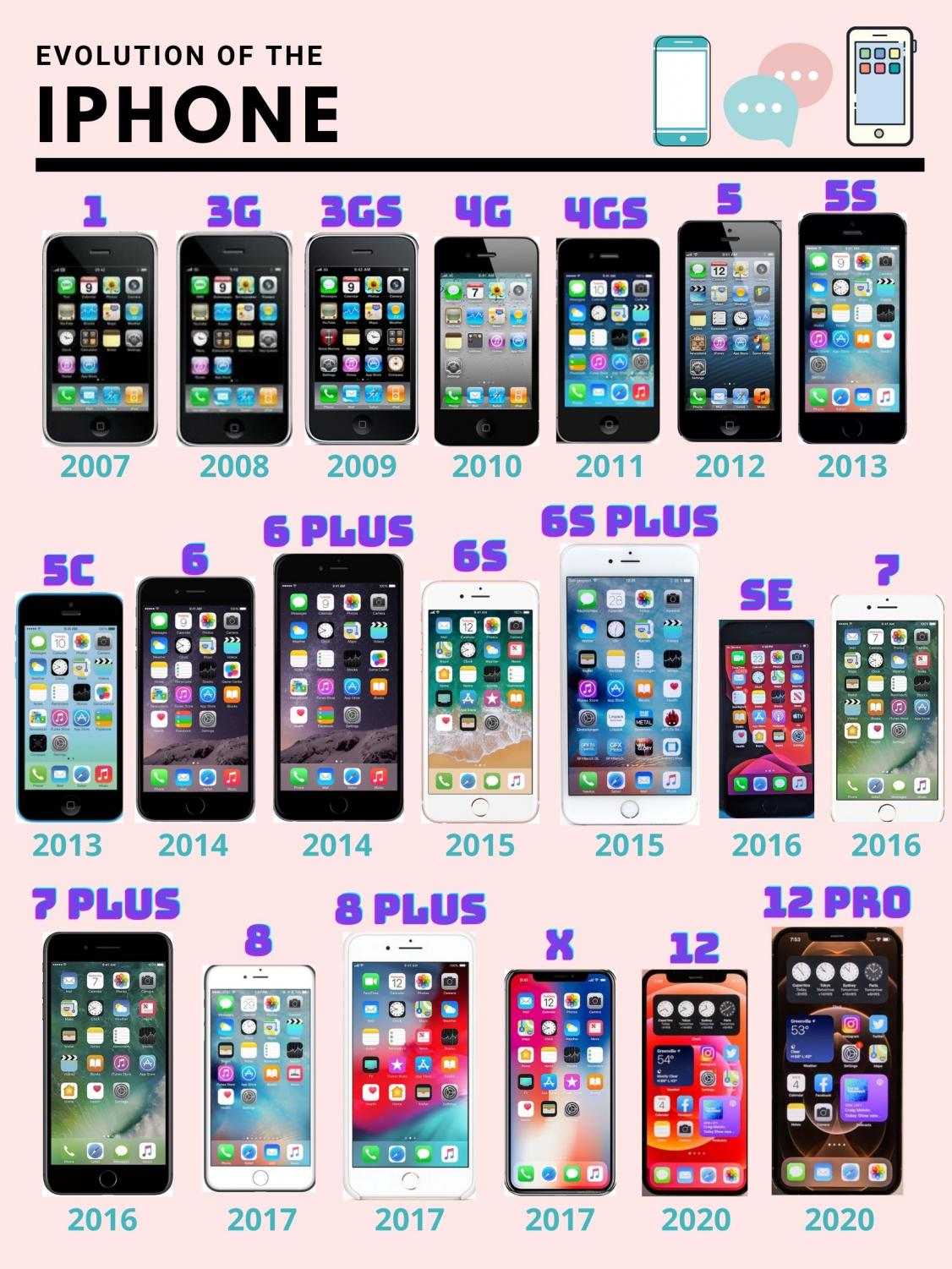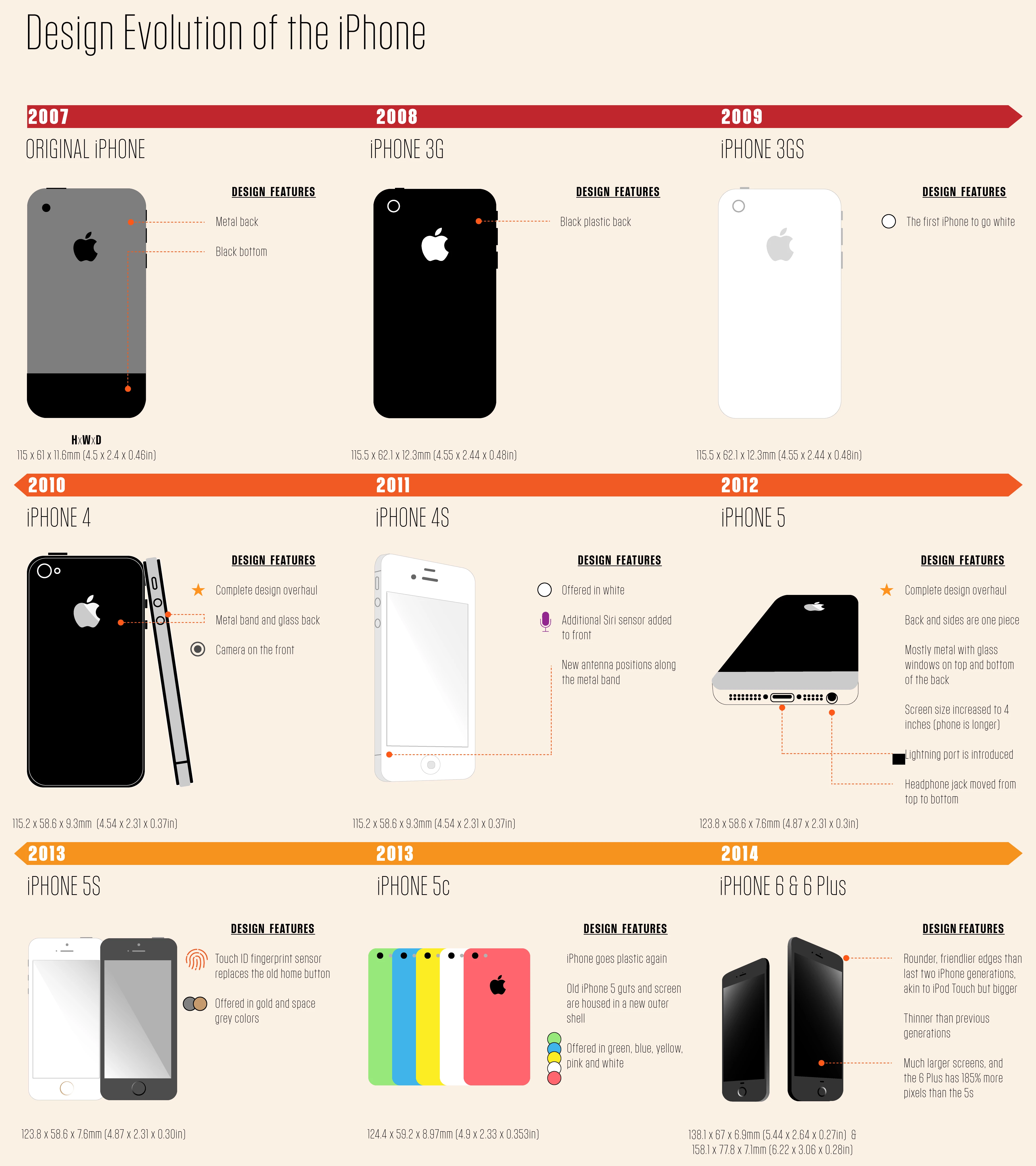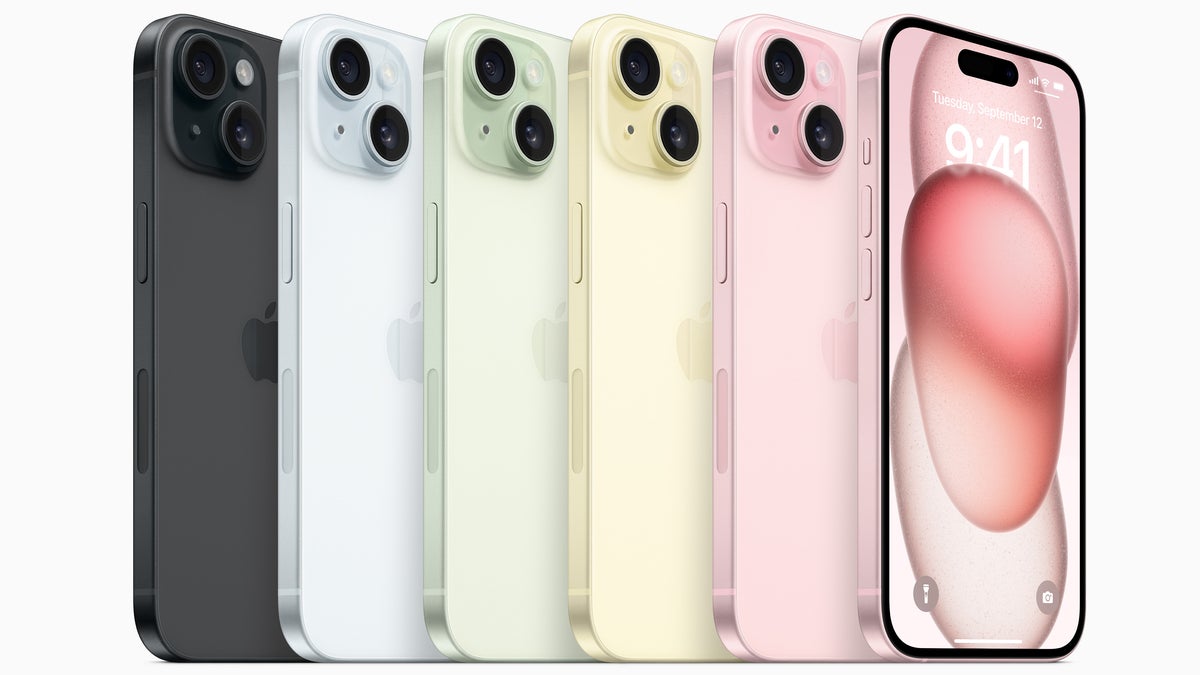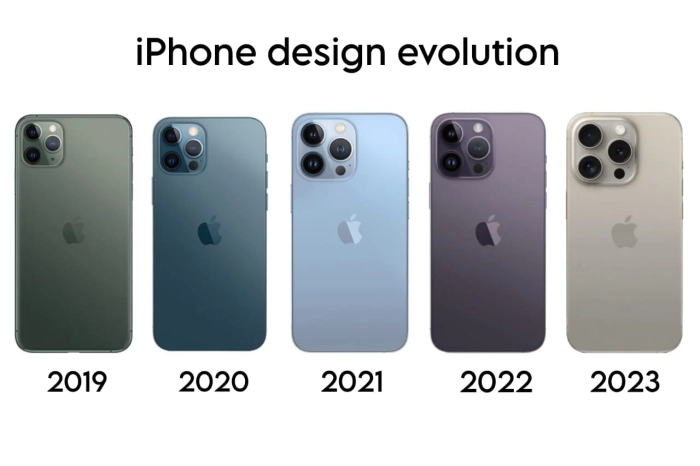The Evolution of iPhones
Apple's iPhone has been a game-changer since its inception in 2007. Over the years, it has evolved to become a powerful device that combines functionality, design, and user experience. In this blog post, we will explore the evolution of iPhones, focusing on design, features, sales, innovations, and competition.
Past:
The original iPhone, released in 2007, was a revolutionary device that combined the capabilities of a touchscreen mobile phone, an iPod, a camera, and a web browser into one device. It featured a 3.5-inch display with a resolution of 320 x 480 pixels, a 412 MHz ARM 11 processor, 128 MB of RAM, and a 2-megapixel camera[1]. The iPhone 4, released in 2010, introduced a glass construction with a metal frame and a 'Retina' display, which was the highest resolution of the time[1].

Present:
The latest iPhone models, such as the iPhone 15 and iPhone 15 Pro, feature advanced technologies like 5G connectivity, OLED displays, and MagSafe charging. The iPhone 15 Pro models offer ProMotion displays, a new A18 Bionic chip, and improved camera systems[4].

Future:
The iPhone 16, expected to be released in September 2024, is rumored to pack significant upgrades including design changes, improved display, powerful processors, enhanced cameras, and extended battery life[2]. The iPhone 16 Pro models are predicted to feature a 48MP ultrawide lens and a 5x optical zoom tetraprism camera[2]. Additionally, a new stacked battery design is anticipated to improve battery life, offering faster charging speeds and prolonged usage durations[2].
Design:
iPhone designs have evolved significantly over the years. The original iPhone had a smaller display and thicker body, while the iPhone 4 introduced a sleeker design with a flat, stainless steel frame. The iPhone X featured a nearly bezel-less display and a notch for the front-facing camera and Face ID system[4].
Features:
Each iPhone generation has introduced new features and improvements. The iPhone 3G, for example, was the first to offer 3G connectivity and the App Store[1]. The iPhone 4S introduced Siri, an intelligent personal assistant[3]. The iPhone 5 brought a larger display and the Lightning connector[4]. The iPhone 6 and 6 Plus featured larger displays and Apple Pay[4].
Sales:
iPhones have been incredibly successful, with millions of units sold worldwide. The iPhone 6 series, for instance, was the highest selling iPhone and the most successful selling smartphone till date[3]. The iPhone 15 series, which includes the iPhone 15, iPhone 15 Pro, iPhone 15 Plus, and iPhone 15 Pro Max, was also a commercial success[4].

Innovations:
Apple has been at the forefront of mobile phone innovations. The original iPhone introduced the touchscreen interface and the mobile web browser[1]. The iPhone 4 introduced the 'Retina' display and the first front-facing camera[1]. The iPhone 4S introduced Siri[3]. The iPhone 5 introduced the Lightning connector[4]. The iPhone X introduced Face ID and a nearly bezel-less display[4].
Competition:
Apple's iPhones have faced competition from other smartphone manufacturers, such as Samsung and Google. However, the iPhone's unique features and design have kept it at the top of the market. Apple's focus on user experience and innovation has set it apart from competitors, making the iPhone a preferred choice for many users.
In conclusion, the evolution of iPhones has been marked by significant advancements in design, features, sales, innovations, and competition. From the revolutionary original iPhone to the advanced iPhone 15 series, Apple has consistently pushed the boundaries of what a smartphone can be. The future of iPhones is promising, with new technologies and features expected to further enhance the user experience. The iPhone 16, with its rumored design changes, improved display, powerful processors, enhanced cameras, and extended battery life, is expected to continue this trend of innovation.

